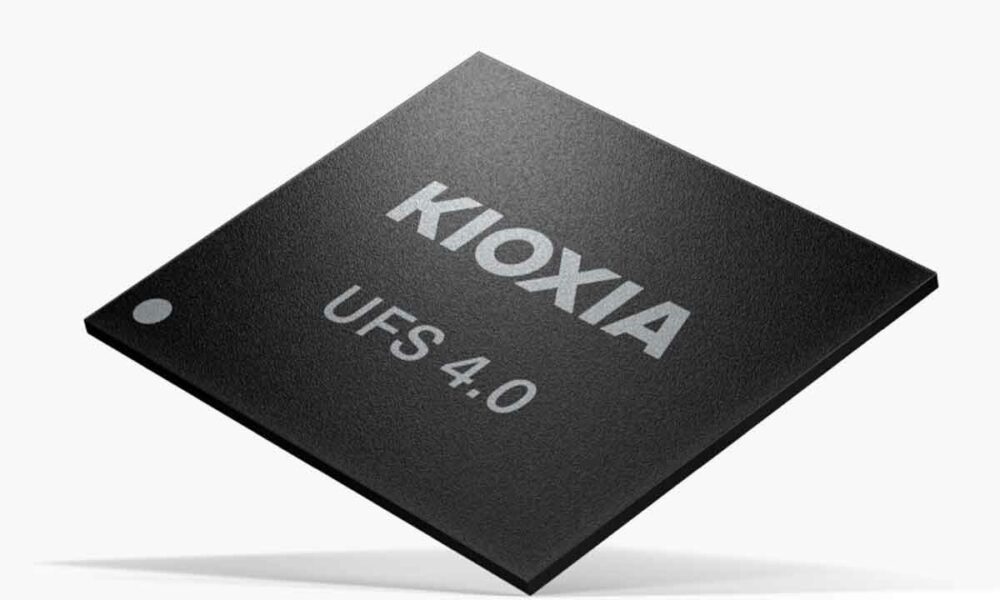
One of the entries we had on the must-have list for Computex 2023 was, without a doubt, UFS 4.0, the next generation of Universal Flash Storage which, as always happens in a generational leap, promises (and will undoubtedly deliver) a more than remarkable improvement in performance, something that we will notice as the first storage memories based on this new specification begin to reach smartphones and other portable devices.
Let us remember that JEDEC (Joint Electron Device Engineering Council), the consortium that brings together the main manufacturers of memory media, published last August the final specification of UFS 4.0, thus giving free rein to start their production. Some manufacturers, however, had already advanced their plans in this regard, with announcements such as that of Samsung at the beginning of May of last year, when it announced that it would start production during the third quarter of last year, thus indicating that the first devices equipped with it would arrive throughout 2023.
Although we will still have to wait a while to see how the maximums defined in the standard are reached (if a 4.1 revision does not already exist by then), on paper the improvements that come from UFS 4.0 are remarkable: speeds of data transfer up to 4,200MB/s and 2,800MB/s in sequential read/write modes (UFS 3.1 stays at 2,100/1,200 MB/s), a maximum bandwidth of up to 23.2 Gbps per lane, two-way transmission, up to a terabyte of capacity and, in case you are concerned about the incidence of these features on consumption, this will actually be reduced by up to 46% .
Well, in the context of the technology fair that is being held these days in Taipei, KIOXIA has presented its first UFS 4.0 memory supports for portable devices. The German technology company, known and recognized among other reasons for its outstanding positioning in the solid state memory market, thus becomes one of the first manufacturers in the world to take this step towards the implementation of the new standard.
More specifically, KIOXIA has announced supports of 256 and 512 gigabytes, as well as a third integrated that scales up to the maximum storage capacity defined in the standard, one terabyte. According to the data provided by the company, these new memory media integrate 3D BiCS FLASH flash memory, a proprietary technology of the company, together with a controller in a standard JEDEC package. UFS 4.0 incorporates MIPI M-PHY 5.0 and UniPro 2.0 and supports theoretical interface speeds of up to 23.2 Gbps per lane, allowing up to 46.4 Gbps per device.
These are, according to KIOXIA, the main characteristics of the reports that have been presented today:
- Performance improvement over the previous generation: +18% sequential write, +30% random write and +13% random read.
- Supports High Speed Link Boot Sequence (HSLSS) features: With conventional UFS, the Link Startup (M-PHY and UniPro initialization sequence) between the device and the host is done at low PWM-G1 speed (3~9 Mbps), but with HS-LSS, it can be done at a Faster A HS-G1 speed (1248 Mbps). This is expected to reduce Link Startup time by approximately 70% compared to the conventional method.
- Increase security: By using Advanced RPMB for faster read and write access to secure data, such as user credentials in the RPMB area, and RPMB Purge to ensure that discarded data is safely and quickly sanitized.
- Supports Extended Initiator ID (Ext-IID): Designed for use with Multi Circular Queue (MCQ) in the UFS 4.0 host controller to improve random performance.
Now, with KIOXIA giving the starting signal, we can start the countdown until the first arrivals on the market of devices that use this new standard for data storage.
More information




